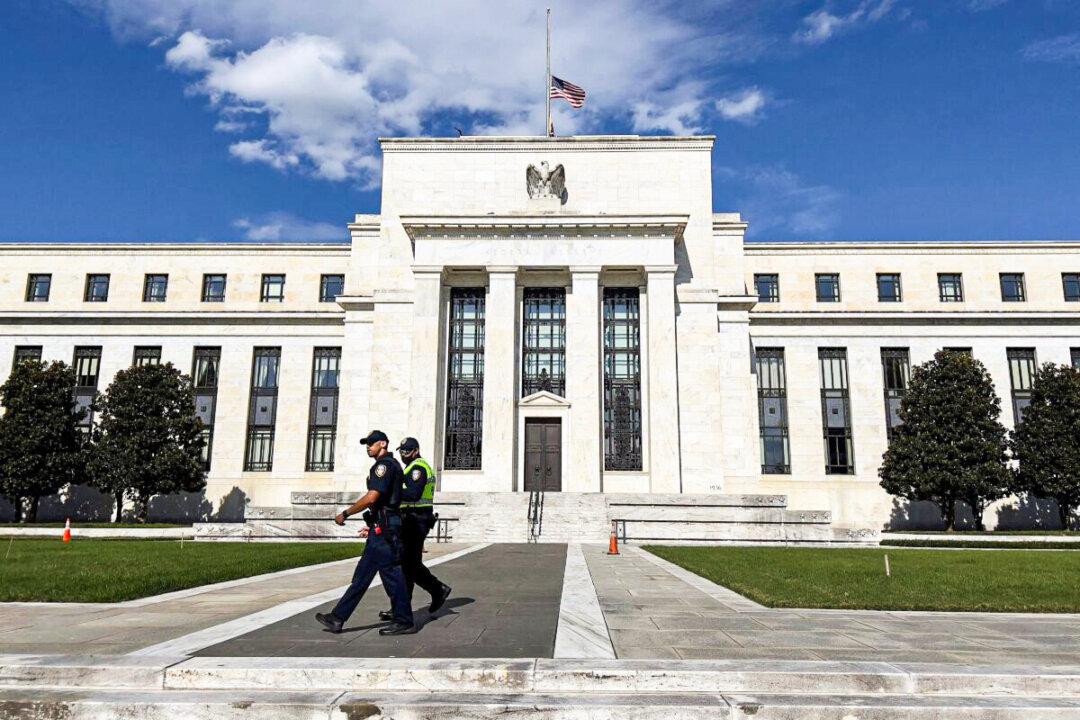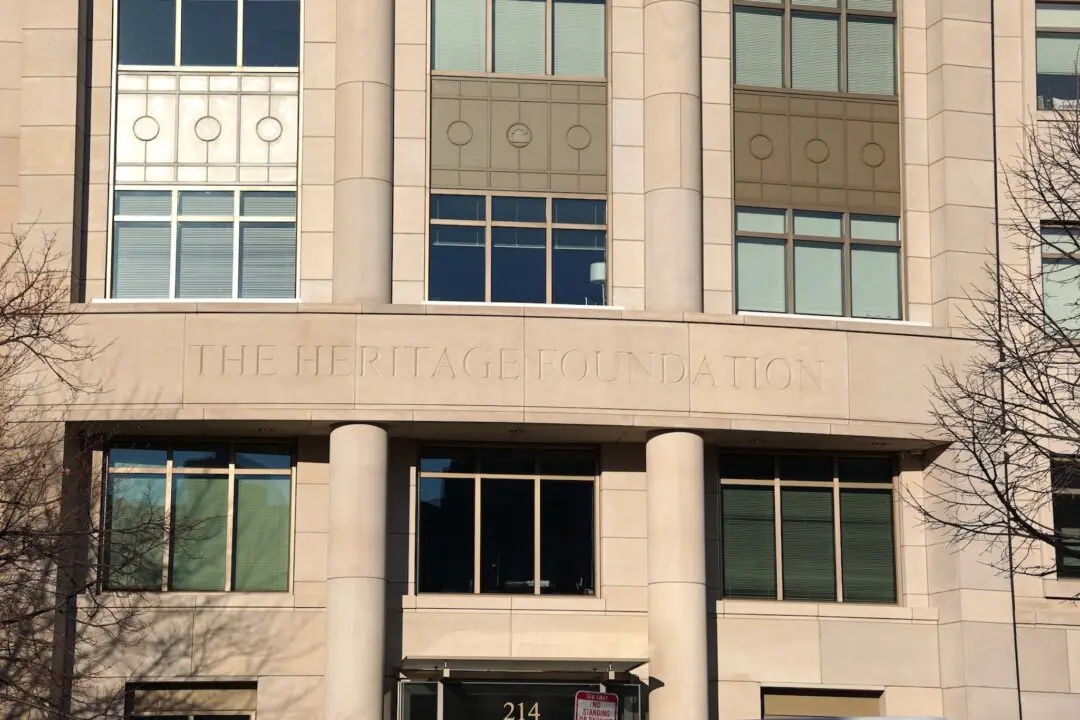The Federal Reserve, soon after the November 2020 presidential election, declared climate change a potential threat to the U.S. financial system, joining a club of central banks that seek to “mobilize” more capital for green energy.
The Biden administration and top Fed officials announced their plans to introduce regulations to address climate-related financial risks, saying they believe banks are vulnerable to the impacts of wildfires, hurricanes, floods, and droughts.





